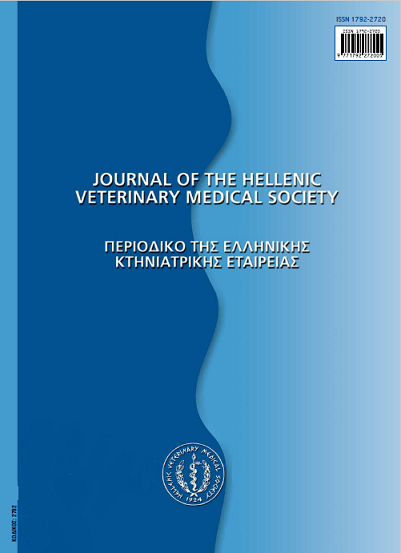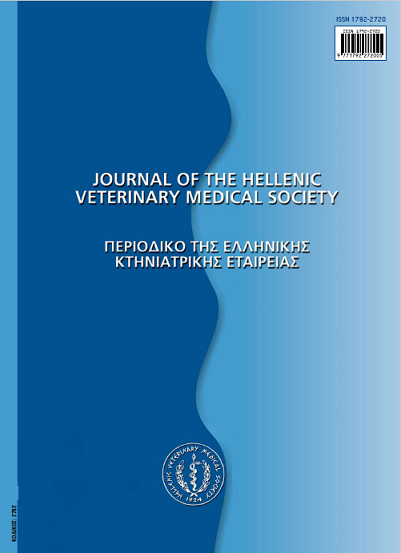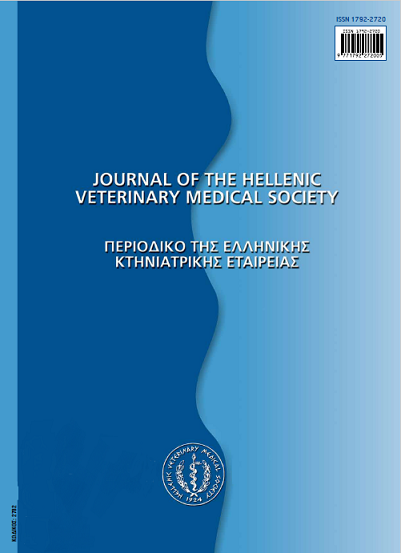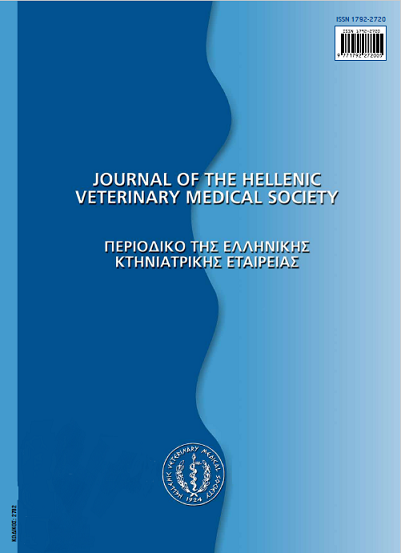The status of Donkeys (Equus asinus) in Greece
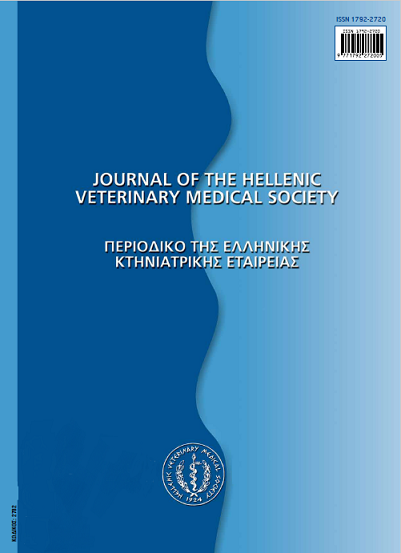
Abstract
The paper presents, for the first time, information about donkeys (Equus asinus) in Greece. Most of the information was obtained from interviews of donkey owners, using a purpose built questionnaire. The population of donkeys in Greece showeda remarkable decrease over the last decades. From 508,000 in 1955, there were only 14,570 in 2008, a decrease of 97%. The existing donkeys were characterised by a large diversity in phenotypes. The lack of any breeding programme for donkeys, the importation of jacks from foreign breeds, the loss of interest and under-appreciation, together with the ignorance of health and welfare needs of such animals were the main reasons that shaped the current status. The health and welfare status of donkeys differed enormously across different areas of Greece, reflecting differences in the cultural, economical and "emotional" importance of individual animals. It was revealed that many problems were associated with diseases originating in malnutrition, parasites and bad husbandry management. Moreover, current and future trends, resulting from social and economical developments in rural areas of Greece, are discussed. Given the trends currently affecting the status of donkeys in Greece we concluded that a conservation policy should be adopted, because the number of donkeys will continue to fall.
Article Details
- How to Cite
-
ARSENOS (Γ. ΑΡΣΕΝΟΣ) G., GELASAKIS (Α. Ι. ΓΕΛΑΣΑΚΗΣ) A. I., & PAPADOPOULOS (ΕΛ. ΠΑΠΑΔΟΠΟΥΛΟΣ) E. I. (2017). The status of Donkeys (Equus asinus) in Greece. Journal of the Hellenic Veterinary Medical Society, 61(3), 212–219. https://doi.org/10.12681/jhvms.14888
- Issue
- Vol. 61 No. 3 (2010)
- Section
- Research Articles
Authors who publish with this journal agree to the following terms:
· Authors retain copyright and grant the journal right of first publication with the work simultaneously licensed under a Creative Commons Attribution Non-Commercial License that allows others to share the work with an acknowledgement of the work's authorship and initial publication in this journal.
· Authors are able to enter into separate, additional contractual arrangements for the non-exclusive distribution of the journal's published version of the work (e.g. post it to an institutional repository or publish it in a book), with an acknowledgement of its initial publication in this journal.
· Authors are permitted and encouraged to post their work online (preferably in institutional repositories or on their website) prior to and during the submission process, as it can lead to productive exchanges, as well as earlier and greater citation of published work.



